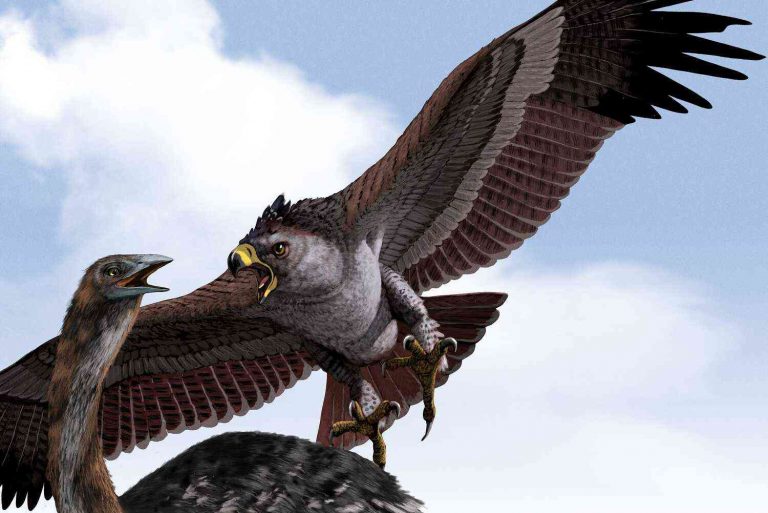Image caption Once hunted by Vikings, this bird’s stomach may have shown an appetite for human flesh
Researchers report that bones from an ancient eagle found in an ancient human burial site in Italy suggest the bird could have reached the size of a vulture – even more than once thought.
It’s considered a likely ancestor of modern eagles and has been nicknamed Marius.
In fact, Marius’s tiny skull appears to be an exact replica of two species of modern one-eyed eagles – Archaeopteryx and Pinta flycatcher.
Though “living” eagles are 40cm long and have three wingspans, Marius had a tiny skull measuring just 2.8cm across at the base of its left ear.
Unfortunately for Marius’s meal, his diet also included digestive organs like the “tongue of a dog”.
According to Professor Giovanni Rodi, of Italy’s Instituto Biodiversità Regional, who led the study published in the journal Proceedings of the National Academy of Sciences, this might not be a problem as the stomach of the large bird would have appeared even smaller.
“Marius is in fact a model of what was a common part of the diet,” said Dr. Rodi.
“Other species of nesting animals and their digestion, both vertebrates and invertebrates, give a clear picture that most primitive birds indeed had the digestive capacity to digest all food available.”
For this study, the research team performed CT scans on the Marius and found surprisingly small deposits of human collagen from the facial bones.
The collagen is a protein which helped replace stomach contents, and is only found in some species of gerbils and crickets.
Further, this specimen was the only one of three found at the site with lesions and bone fractures of human bone.
The team believes the fractures could indicate human interference.
“This suggests the structures may have been implanted in the body by an outsider when the body was transported to the site,” Dr. Rodi explained.
The carcass of Marius’s bird “serves as a reminder that early humans could still have been very small when [they] ruled the waves of Europe,” Dr. Rodi believes.
Professor Stefano Linz, a glaciologist from the University of Vienna who also worked on the project, said Marius “hasal organ functions of modern, non-anthropic eagles are evident”.
But aside from its diet, the skeleton appears to belong to the hominin as it is a half-size replica of two existing breeds.
While life in the ice-age may have not been “uneven”, Dr. Rodi said that both “looking to a very primitive ancestor who ate many different elements of food and performing these functions with great complexity is very similar”.
He added: “It goes without saying that then, as in our time, the balance between risks and benefits to the habitat and habitat-dependent species (i.e. us humans) will have to change.”
